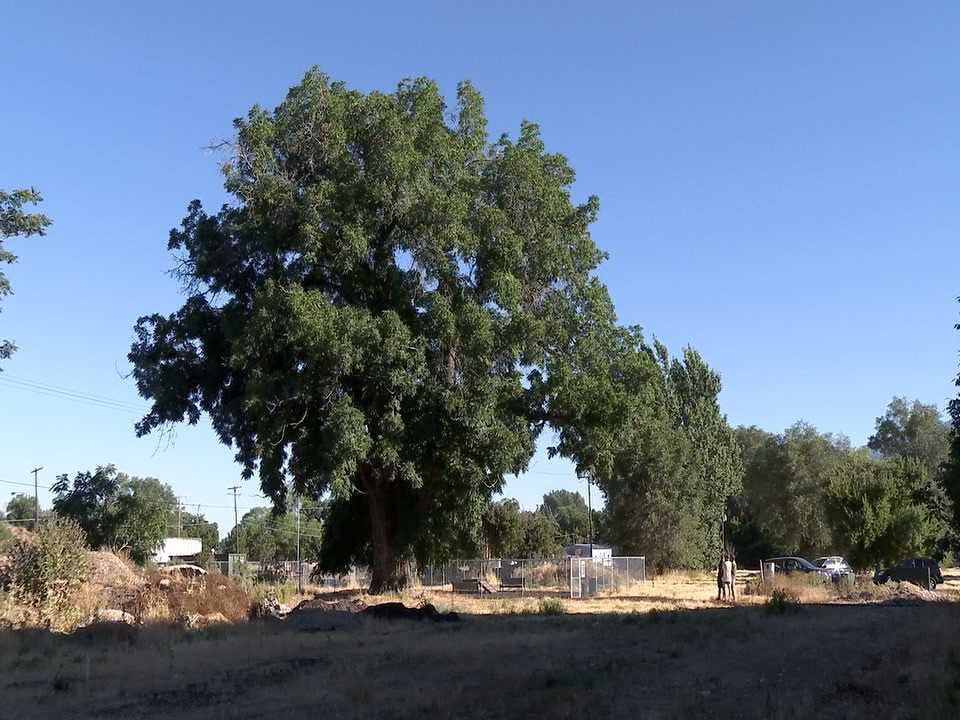Ask an Expert
Question from Luke, Missoula, MT (received 3/16/20) -
I read the article where you discussed the oldest English Walnut in Salt Lake. What else could you tell me about it? It is ‘Champion’ cultivar of English Walnut, correct? I’ll have to look at Salt Lake’s lowest winter temps of the last ten years. I’m in Missoula and am interested in growing some English walnuts. I’ve tried carpathian walnuts which are supposedly able to work in our zone 5a climate. But they didn’t make it. Did it get demolished? I’d like to collect seed from it in the fall.
Best,
Luke

Answer from Dr. Mike Kuhns, USU Extension Forester and Professor (sent 3/23/20) -
Luke,
The walnut you have read about is no particular cultivar. It has been designated the Utah state champion, meaning that it is the largest of its species found so far in Utah, using the measurement criteria of American Forests.
The tree is located in Ogden, about 30 miles north of Salt Lake City. I think of English walnut (‘Carpathian’ is a supposedly more cold hardy cultivar of English or Persian walnut) as fairly cold hardy. Where I live now (Cache County Utah) is considered a pretty cold place, but there are quite as few of them here, though I mainly notice them not in the lowest parts of Cache Valley, which are colder than the benches or terraces on the edges of the valley.
Though the absolute lowest temperatures that are found in an area are often what sets the limit for plant survival through the winter, often variability in temperatures curing the winter, and especially how common unusually early and late hard frosts are is more limiting for species that are marginally cold hardy in an area. I would guess that you have a lot of variability in winter time temperatures and that you sometimes get very early or very late frosts.

